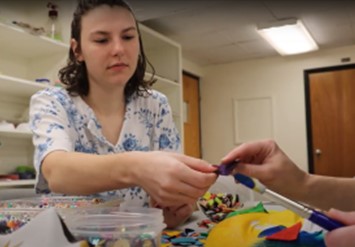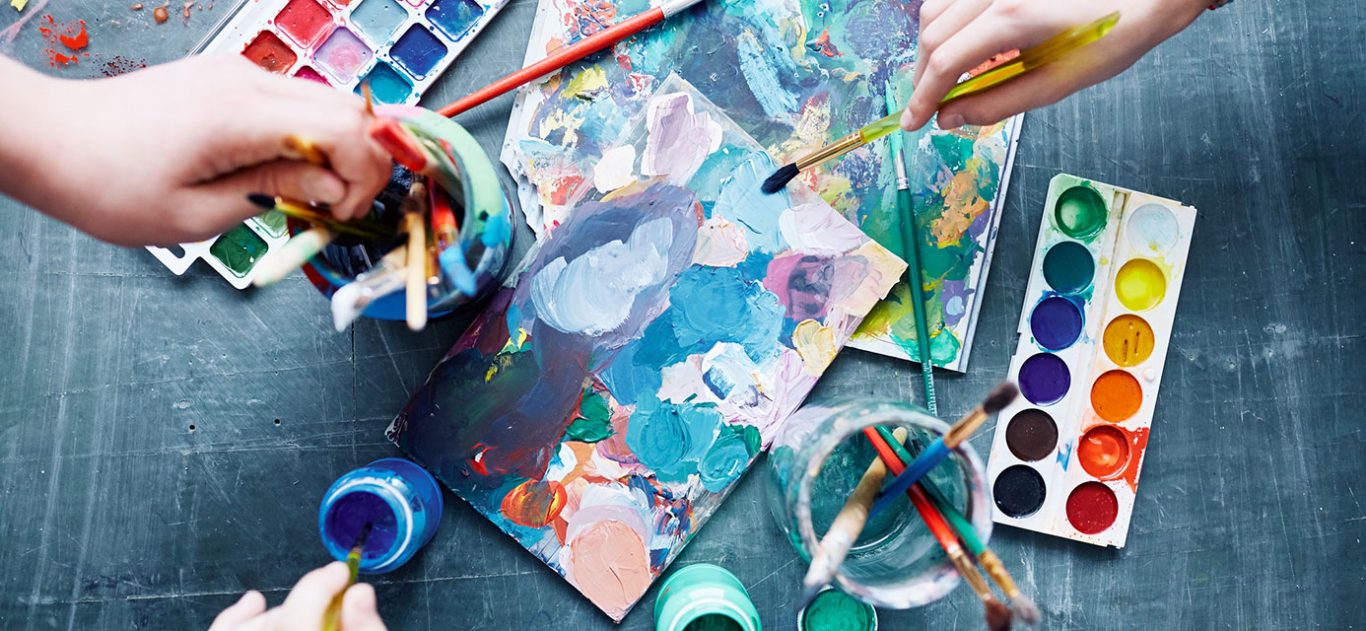Undergraduate Degree in Creative Arts Therapy
Creative Arts Therapy (CAT) is a field of psychology that relies on art and creativity to explore trauma and seek healing for a wide range of individuals. In the undergraduate degree program, students are learn about the therapeutic use of art.
Using Art Therapy
One of the major differences between art therapy and other forms of communication is that most other forms of communication require the use of words or language as a means of communication. There may be times when it is difficult to express or identify underlying feelings and as in the case of a child or adult with intellectual disabilities, they may lack the ability to communicate how they feel with words. That’s where art therapy can help to:
- Improve physical and fine motor skills
- Reduces physical, emotional, and spiritual pain
- Relieves stress
- Reduces symptoms of depression and anxiety
- Increases cognitive skills and provides intellectual stimulation
- Encourages socialization and communication
- Improves memory
- Promotes self-expression and self-awareness
To be or not to be Artistically Talented
The purpose of art therapy is to express inner thoughts and feelings and to help the client to connect to self and others. It is not about creating a masterpiece. It is about the process and what the client learns in their journey with art. Art therapists do not need to be a fine artist, some therapists love to make collage, take photos, engage in fiber arts, use music, dance, drama, etc. There are a multitude of ways in which to express yourself creatively.
 At undergraduate level, students work in:
At undergraduate level, students work in:
- Schools
- Youth services
- Recreation
- Residential care
- Day programs
- Nursing homes
- Community clinics
- Crisis centers
- Community arts
- Academic 4-Year Plan(s)
- BA - Creative Arts Therapy 3-year BRIDGE Plan
- BA-Creative Arts Therapy-4 year program
